Even though streaming services have managed to overwhelm the market, some still use DVD players to enjoy high-quality movies.
If you are such an individual, you must know the ins and outs of connecting a DVD player to a tv and cable box. The article below will help you learn more.
Table of Contents
- Preparatory Work For Connecting a DVD Player to a TV and Cable Box
- 4 Ways to Connect DVD Player to TV With a Set-Box
- Connect a Set-top Box and a DVD Player to a TV Using a Coaxial Cable and a Composite Audio/Video (A/V) or an S-Video Cable
- Connect a Set-top Box and a DVD Player to a TV Using Composite Audio/Video (A/V) or S-Video Cables
- Connect a Set-top Box and a DVD Player to a TV Using Component Video Cables and Composite Audio Cables
- Connect a Set-top Box and a DVD Player to a TV Using HDMI Cables
- Not connecting a set-top box?
- Conclusion
Preparatory Work For Connecting a DVD Player to a TV and Cable Box
Below are the preparatory steps.
Place Your DVD Player Near the TV
It would be best if you started by placing your DVD player next to your TV. In most cases, a shelf would be ideal, especially one that allows you to reach the appropriate cables at the back easily.
The DVD player also has a motor that generates heat, so you can’t place it on top or underneath other devices as it may lead to overheating.
Once you have found the right spot for your DVD player, unplug the machine and the TV before you connect them, which keeps the equipment safe and reduces the possibility of electric shocks.
Put your Cable box in a safe place.
In some situations, it may be very difficult for you to place them around a TV. As a result, some people are forced to consider remote communication in addition to wire management.
Usually, a nearby table or shelf is the best place for a cable box when you have a wall-mounted television above your fireplace.
Doing so will make it easy for you to ensure the cable box avoids direct sunlight and other heat sources, like the fireplace itself, as this will help to prevent damage and promote optimal performance.
Know about Connector labels.
The following are some generic names used for connection jacks and input labels, including some of the possible variations you would find on your equipment.
GENERIC LABELS: POSSIBLE VARIATIONS
RF IN/RF OUT: UHF/VHF, LINE, CABLE, TV
LINE IN, LINE OUT: VIDEO
AUDIO IN, AUDIO OUT: FIXED, VARIABLE
MONITOR: TO TV, VIDEO IN, VIDEO OUT
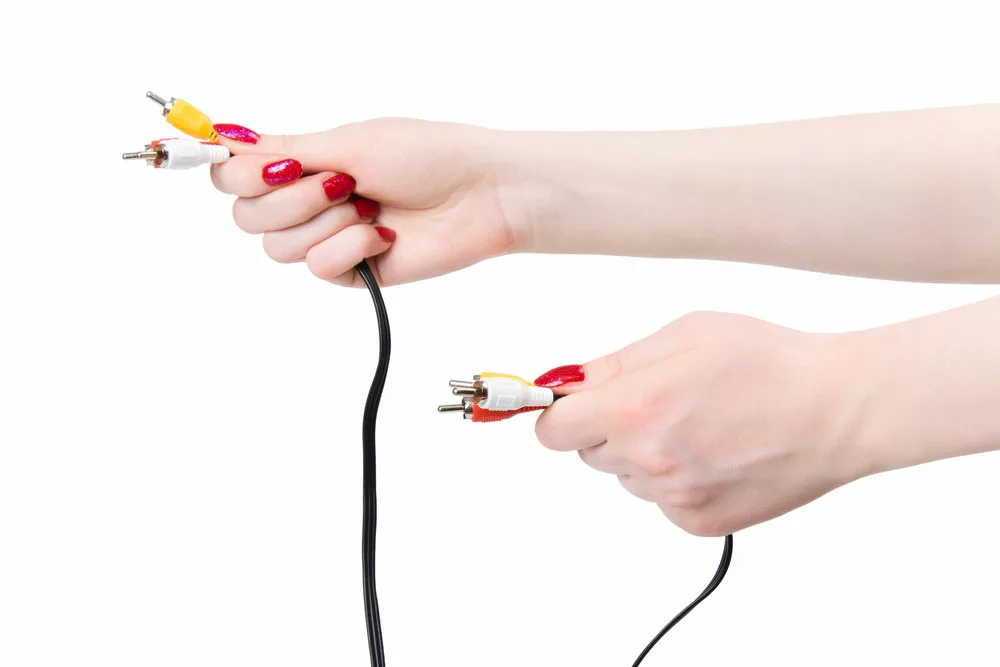
Connect DVD Player to TV
4 Ways to Connect DVD Player to TV With a Set-Box
The following are various ways to connect a DVD player to a TV with a set-box.
Connect a Set-top Box and a DVD Player to a TV Using a Coaxial Cable and a Composite Audio/Video (A/V) or an S-Video Cable
- Connect the cable from your wall to the set-top box using the RF IN. However, we should also point out that if your satellite doesn’t have local channels, it would be best to connect your antenna to the TV IN jack on your satellite receiver. To make this easier, refer to the operating directions to understand the specific information about switching between local and satellite broadcasts.
- Connect the coaxial cable to the RF OUT jack on the set-top box and the RF IN jack on your TV.
- Connect the composite A/V cable to the LINE OUT jack on your DVD player and the VIDEO input jack on your TV, ensuring your cable connectors’ colors match those of the jacks. Remember that if your DVD player and TV come with S-Video jacks, you must use this connection instead of the yellow composite, which offers better-quality video. You can then connect the white and red audio cables to get sound.
- Switch on the TV, as well as the set-top box.
- Tune your TV to the proper channel to receive the signal from the set-top box, usually channel 3 or 4. Another important point to note is that it may be necessary to select channel 3 or 4 since the RF is out on the switch or menu settings to pick the right configuration. If you find the sound on the picture on the TV, you would have connected the set-top box appropriately.
Place a DVD movie into your DVD player.
Tune the TV to align with the composite video input to which the player is connected, for instance, VIDEO 1.
Push the play button on the DVD’s remote control. If you have a picture or sound coming from the DVD movie on the TV, you have connected the DVD player appropriately.
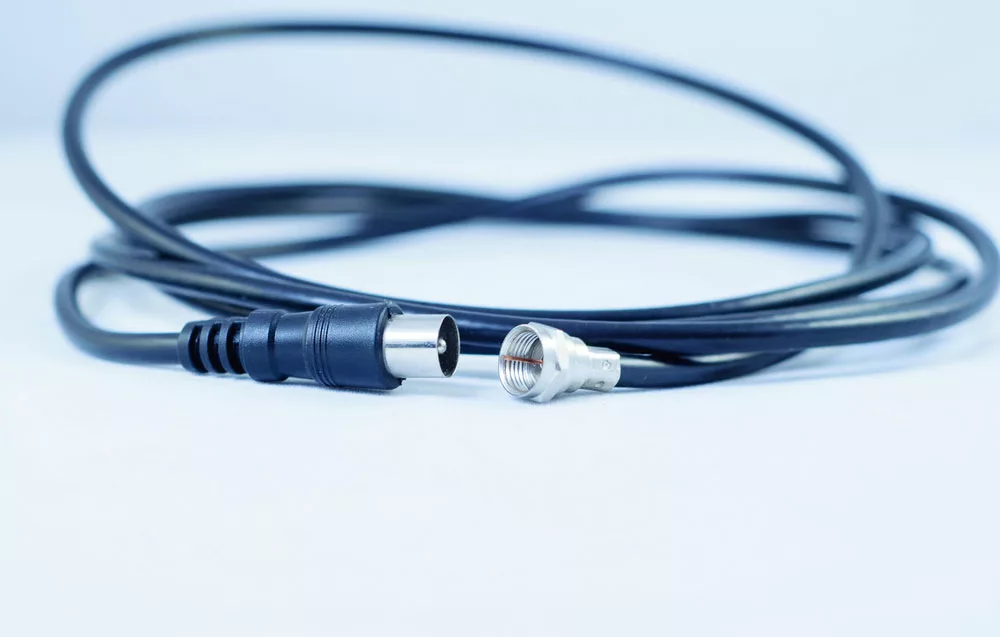
RF cable
Connect a Set-top Box and a DVD Player to a TV Using Composite Audio/Video (A/V) or S-Video Cables
- Connect your coaxial cable from the wall to your set-top box using the RF IN jack port.
- Connect the composite number A/V cable to the LINE OUT jacks found on the set-top box and the VIDEO IN jacks on the TV, matching the colors of your cable connectors with those of the jacks.
- Connect another composite A/V cable to the LINE OUT jacks on the DVD player and the VIDEO IN jacks on the TV. If your DVD player and TV have S-Video jacks, use this connection instead of the yellow composite cable, offering a better-quality video. You can then connect the white and red audio cables for sound.
- Turn on the TV as well as the set-top box.
- Tune your TV to the video input linked to the same connection for the set-top box. For instance, VIDEO 1 or 2. If you have sound and pictures on your TV, you can conclude that you have connected the set-top box appropriately.
- Switch on the DVD player and insert a movie.
- Tube your TV to the video input to which you have connected your DVD player. For instance, VIDEO 2 or 3.
- Push the press PLAY button on your DVD’s remote control. If you have sound and pictures from your DVD movie on the TV, you can assume you have connected your DVD player correctly.
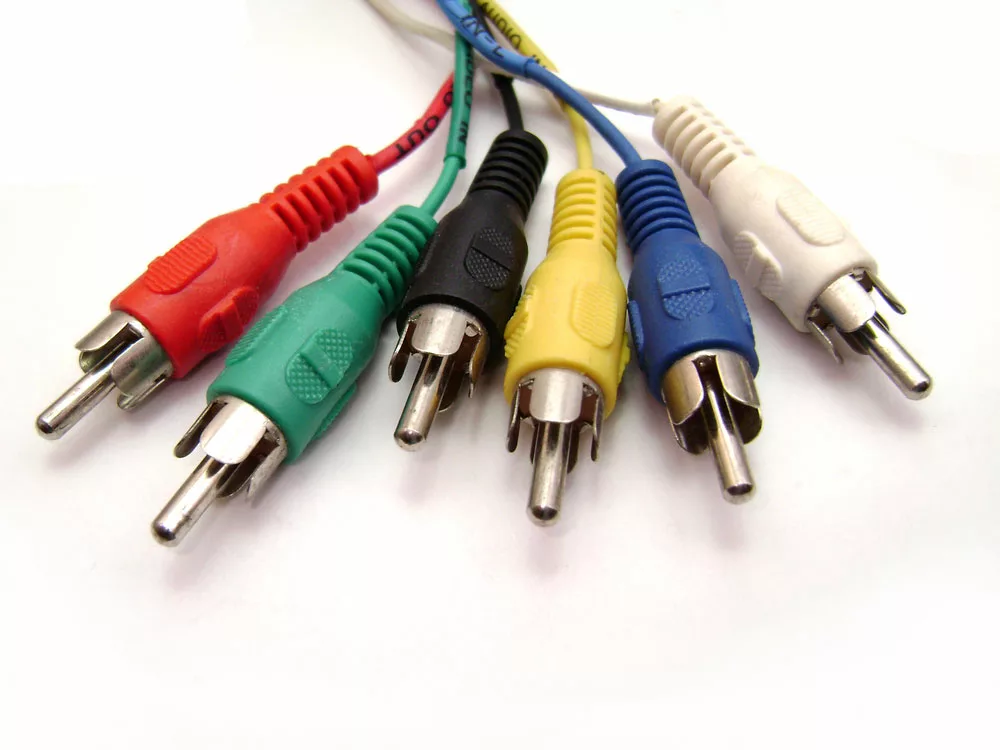
Composite Audio/Video Cables
Connect a Set-top Box and a DVD Player to a TV Using Component Video Cables and Composite Audio Cables
- Connect your coaxial cable from the wall to the RF IN jack on the set-top box.
- Connect your component video cable and the composite audio cable to the COMPONENT LINE OUT, as well as the AUDIO OUT jacks found on the set-top box, to the COMPONENT VIDEO IN and AUDIO IN jacks found on your TV, matching the colors of your cable connectors to those of the jacks.
- Connect your second component video cable and the composite audio cable to the COMPONENT LINE OUT and the AUDIO OUT jacks on the DVD player to the COMPONENT VIDEO IN and AUDIO IN found on the TV, matching the colors of your cable connectors to those of the jacks.
- Turn on the TV as well as the set-top box.
- Tune your TV to the video input linked to the same connection for the set-top box. For instance, VIDEO 1 or 2. If you have sound and pictures on your TV, you can conclude that you have connected the set-top box appropriately.
- Switch on the DVD player and insert a movie.
- Tube your TV to the video input to which you have connected your DVD player. For instance, VIDEO 2 or 3.
- Push the press PLAY button on your DVD’s remote control. If you have sound and pictures from your DVD movie on the TV, you can assume you have connected your DVD player correctly.
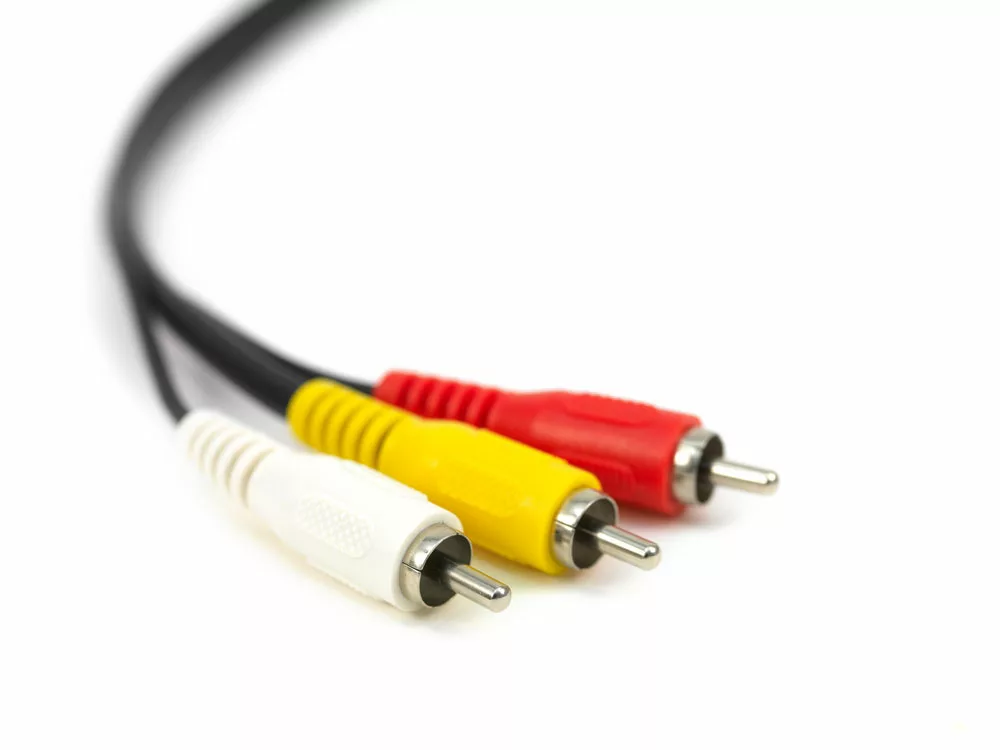
Component Audio/Video Cables
Connect a Set-top Box and a DVD Player to a TV Using HDMI Cables
- Connect your coaxial cable from the wall to the set-top box using the RF IN jack.
- Connect the HDMI cable to the HDMI OUT jack on your set-top box and HDMI IN jack found on your TV.
- Connect another HDMI cable to the LINE OUT jack on your DVD player and the VIDEO input jack on your TV.
- Turn on the TV as well as the set-top box.
- Tune your TV to the video input linked to the same connection for the set-top box. For instance, VIDEO 1 or 2. If you have sound and pictures on your TV, you can conclude that you have connected the set-top box appropriately.
- Switch on the DVD player and insert a movie.
- Tube your TV to the video input to which you have connected your DVD player. For instance, VIDEO 2 or 3.
- Push the press PLAY button on your DVD’s remote control. If you have sound and pictures from your DVD movie on the TV, you can assume you have connected your DVD player correctly.
Remember, if your TV has a single HDMI jack, you should connect one of your devices to the TV via a component (Y/Pb/Pr) video cable with a composite audio cable.
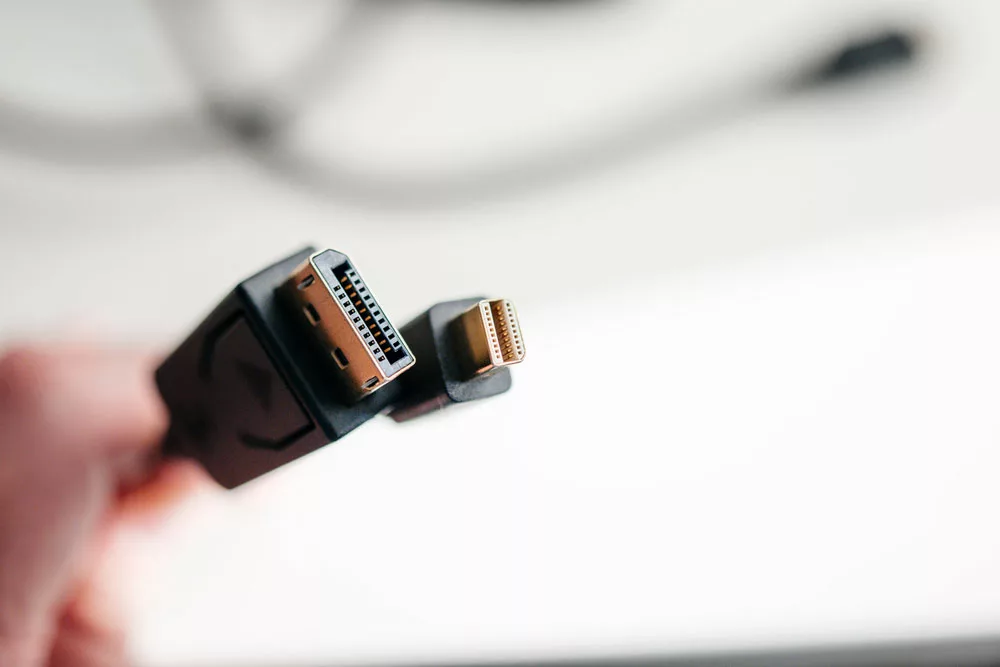
HDMI cables
Not connecting a set-top box?
If you don’t have a satellite receiver, a set-top box, or a cable box, disregard the steps associated with it and proceed with the steps highlighted for the equipment you use when connecting.
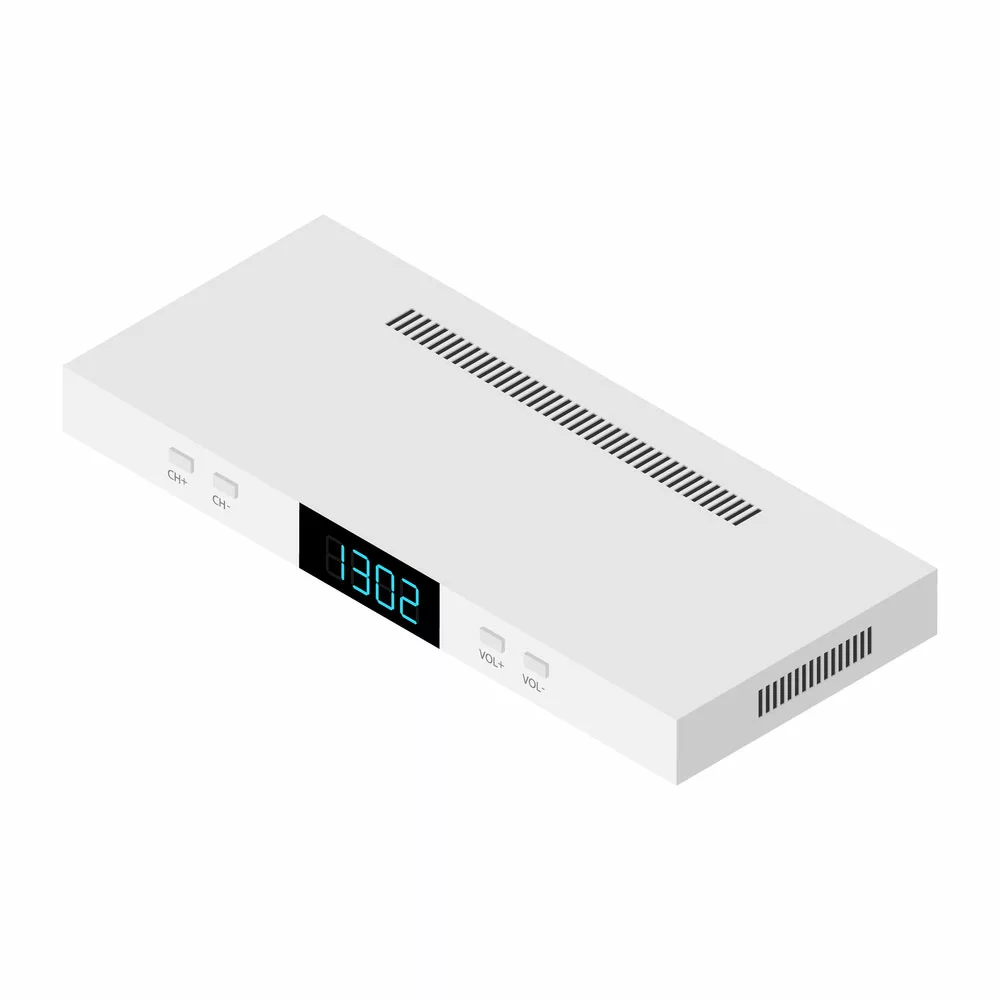
A set-top box
Conclusion
The information above is meant to help you better understand how to connect a DVD player to a tv and cable box to the desired result.
Taking them into account, you can enjoy your movies. In case you encounter any issues, feel free to contact us.
